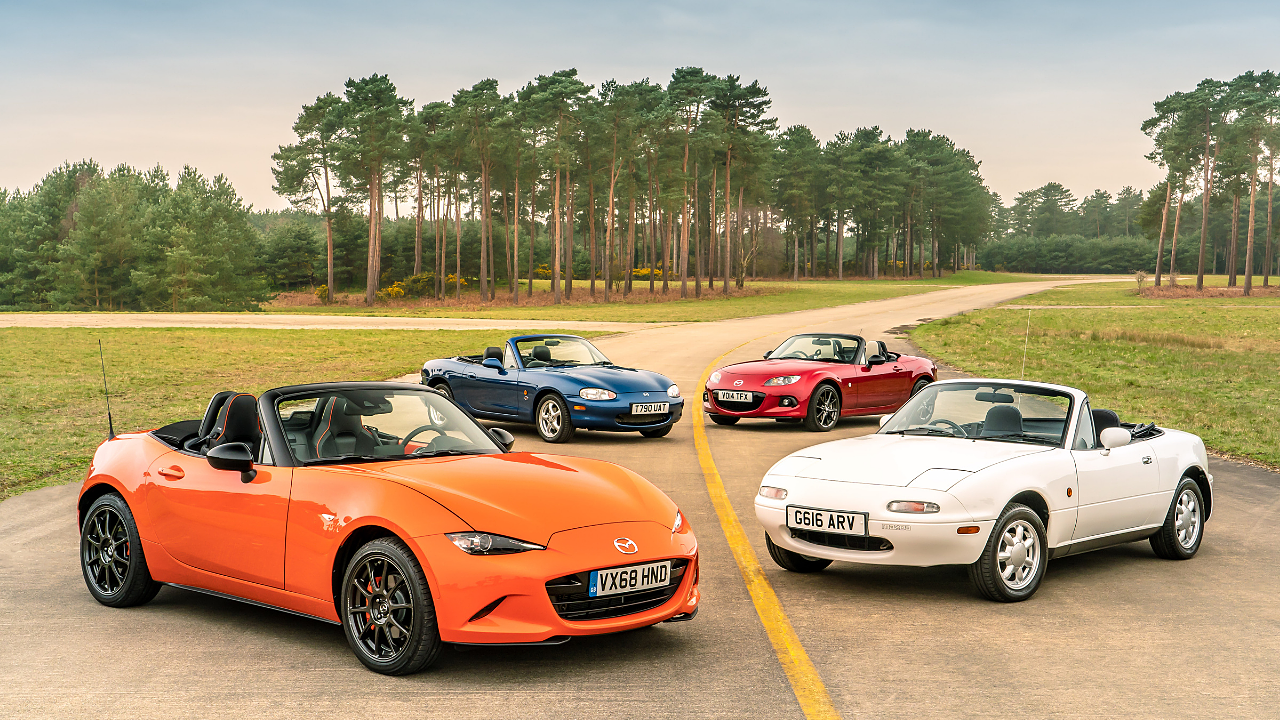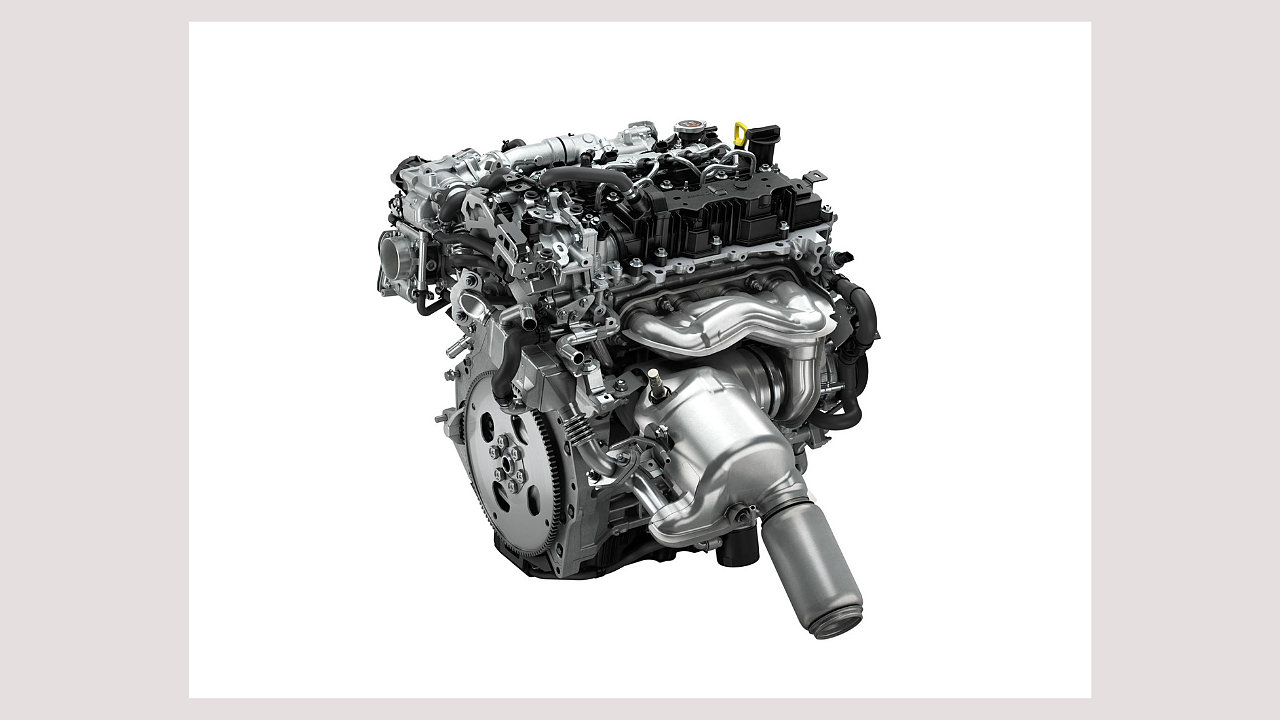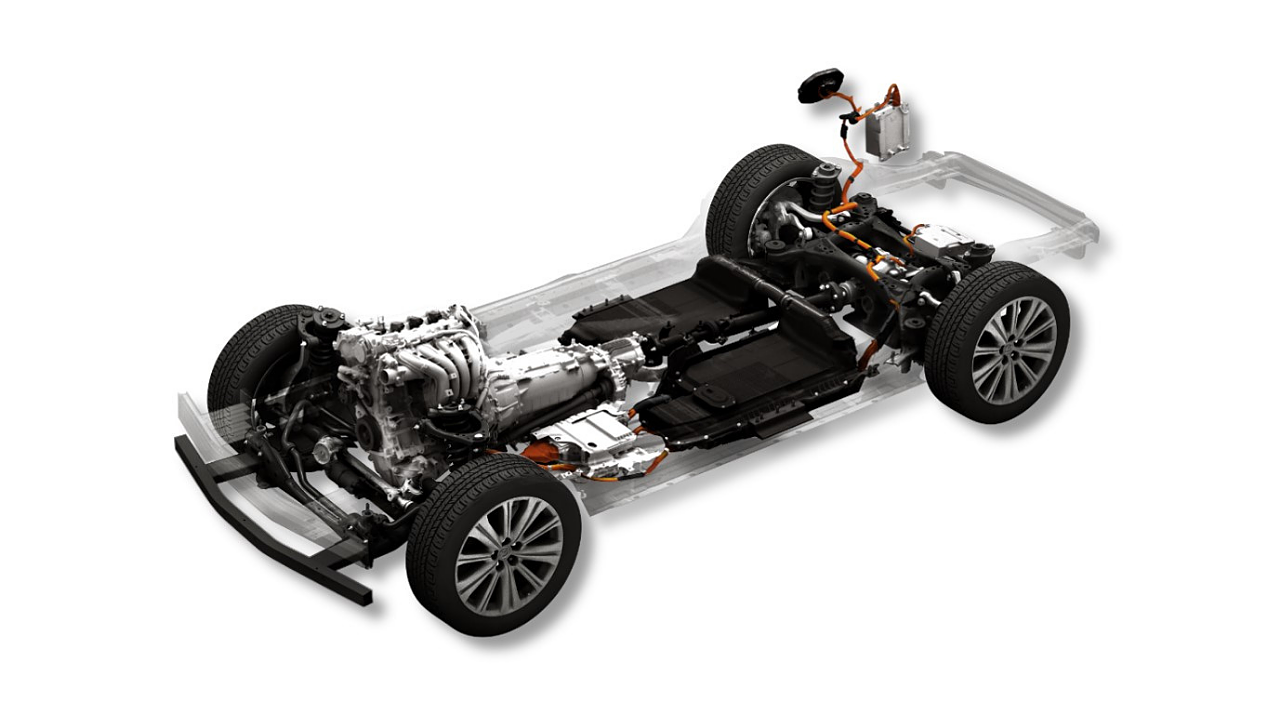
In a bid to support its long-term environmental vision – Sustainable Zoom-Zoom 2030 – Mazda Motor Corporation has announced on 17 June its new technology and product development plans.
It may be recalled that on August 8, 2017, Mazda had announced its long-term environmental vision for technology development that looks ahead to the year 2030. As part of the latest technology to achieve this vision, the OEM disclosed plans to introduce a next-generation engine called SKYACTIV-X in 2019, the world's first commercial gasoline engine to use compression ignition.
The genesis
Under the original “Sustainable Zoom-Zoom” vision announced in 2007, the company has striven to offer both driving pleasure and improved environmental and safety performance. However, in the face of rapid changes in the automotive industry, the new vision takes a longer-term perspective and sets out how Mazda will use driving pleasure, the fundamental appeal of the automobile, to help solve issues facing people, the earth and society.
Amongst many objectives, the OEM wanted to reduce corporate average “well-to-wheel” carbon dioxide emissions to 50% of 2010 levels by 2030 and achieve a 90% reduction by 2050. Besides, it resolved to eliminate traffic accidents, enhance customers’ mental well-being, and help create a future in which people, the earth, and society can coexist with cars to enrich people's lives.
Rescript 1.0
With the evolution in the automotive industry happening faster than expected, Mazda announced its Medium-Term Management Plan on November 1, 2019. This plan focuses on three priority areas: investment in unique products and customer experience, curb expenses that depreciate brand value, and investment in the areas in which it needs to catch up.
Rescript 2.0
With the business environment changing drastically due to COVID-19, the company felt a need to relook at its strategy. Therefore, based on lessons learned from the pandemic and after considering actions to adapt to the changing environment, Mazda revised a part of the policy and some initiatives and announced the Medium-Term Management Plan Revision.

The action
Now, based on its revised Medium-Term Management Plan and its goal for carbon neutrality by 2050, the Japanese vehicle manufacturer that celebrated its centenary last year has announced its intent to develop a slew of technologies and products by 2030.
Efficient manufacturing
Following its Building Block Strategy from 2007 to efficiently deliver superior technologies, the company developed the ‘SKYACTIV Technology’, which created efficient internal combustion engines. Basic electrification technologies have subsequently been added to compose its first building block. This award-winning technology has been used in its vehicles since 2012.
The SKYACTIV Multi-Solution Scalable Architecture is used in transverse power units in its small products, while longitudinal power units are deployed in large products. Based on this architecture, the company aims to deliver multiple electrification solutions to meet customers’ needs, environmental regulations, and each market’s specific electric power infrastructure.
In addition, the OEM plans to introduce its unique EV platform, SKYACTIV EV Scalable Architecture, in 2025, which can be adapted for various vehicle sizes and body types.

Mazda said that it will refine its highly efficient development methods based on the strategies of common architecture, bundled planning, and model-based development to enrich its technological assets for the full-scale electrification era with its business partners.
Electrification
The company said that the SKYACTIV Multi-Solution Scalable Architecture products to be introduced primarily for Japan, Europe, North America, China and ASEAN markets between 2022 and 2025 will consist of five models each of hybrid and plug-in hybrid, and three EV models.

In addition, several other products will be introduced between 2025 and 2030. Based on this product launch plan, the company hopes that 100% of its products will have some level of electrification, which will end in the EV ratio of 25% by 2030.
Safety technologies
To enhance safety, the company is working on deploying its human-centric autonomous driving system. Called Mazda Co-pilot Concept, the system monitors the driver's condition at all times. If a sudden change in the driver's physical condition is detected, the system will switch to autonomous driving, bring the car to a safe place, stop the vehicle, and place an emergency call. The first version, called Mazda Co-Pilot 1.0, is planned for the company's large products beginning in 2022.
Connected services
The Japanese OEM purports to beef up its development of fundamental software technology to accommodate next-generation Mobility as a Service (Maas) and update vehicle functions like Over the Air (OTA)2.
Towards this initiative, about five Japanese OEM companies Mazda, Suzuki, Subaru, Daihatsu and Toyota, will jointly develop standard engineering specifications of next-generation in-vehicle communication devices to push for a standardised communication system to provide safer and stress-free connected services sooner.
Mazda will develop next-generation Electric/Electronic Architecture (EEA), which will enable speedy processing of data from inside and outside a vehicle.
Carbon Neutrality and CASE
The Sustainable Zoom-Zoom 2030 vision places the individual at the centre of three areas: the planet, society, and humanity. The vehicle maker will continue to follow its human-centric development philosophy, which values people’s humanity and inherent potential, into a future where carbon neutrality and CASE (Connected cars, Autonomous driving, Shared/Services and Electrification) are defining the industry.
By offering vehicles that support people in realising their full potential, the company aims to realise a sustainable and compassionate society.
In line with its corporate vision, the Japanese vehicle manufacturer aims to become a brand that creates special bonds with customers by enriching their lives with an experience of car ownership that provides the joy of driving, the pure essence of cars.
The next 10 years will be interesting for the followers and customers of Mazda as there will be announcements on several path-breaking technologies. Stay tuned!